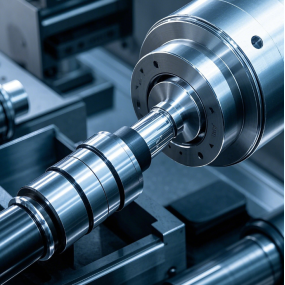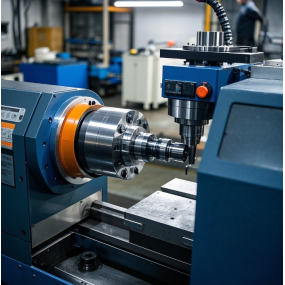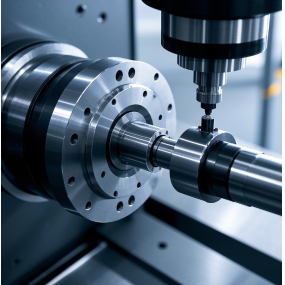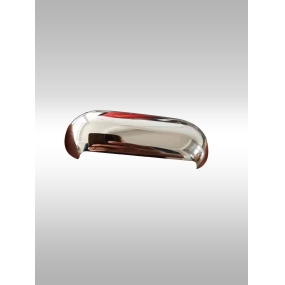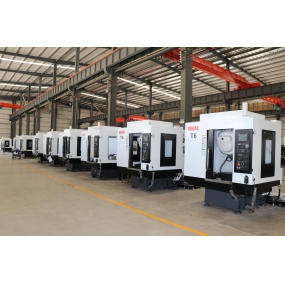Although numerical control technology has been widely used in Sheet Metal Processing, there are many unavoidable problems. Non-standard cabinet customization As a professional sheet metal processing manufacturer, the problems in numerical control sheet metal processing are very clear. The following are the problems and some solutions for reference. 1. Crushing, the main cause of crushing is the presence of debris on the surface of the material, or there is debris in the tool or cutter head turret, or it may be that the program setting is unreasonable, the tool gap is too large and other reasons. In this regard, the air gun or rag can be used to clean up the debris on the surface, and insist on whether there is debris in the prop or turret and clean it up. The gap of the lower die should be reasonably selected according to the thickness of the plate, and the ground tool should be demagnetized. 2. Scratches, scratches are mainly due to scratches on the material, or scratches in the placement process of workers when loading and unloading materials, or it may be caused by scratches on the mold. In this regard, serious scratches on incoming materials are not used. During the loading and unloading process, it is best to have two workers lift or lower the material vertically. When polishing burrs, be careful not to stack the workpieces together for grinding. In addition, the workpieces should be placed neatly and smoothly, and the height of each layer should be appropriate. The main reasons for deformation are too low mold lower die. The distance between the molds is too close to each other, which affects each other and causes deformation during the production process. For the deformation caused by such reasons, the height of the lower die can be increased. Note that the two high lower dies cannot be installed together. There is a certain distance between the punching position and the jaw. As much as possible, use a multi-hole knife for punching the mesh. In addition, the processing sequence can be adjusted, and the edge can be cut first and then punched. The application of numerical control in sheet metal processing has opened up a new path for sheet metal processing and manufacturing, making machine tool sheet metal processing have a wider processing range and development prospects. With the development of numerical control technology, sheet metal processing calculation and processing equipment are also developing in the direction of linkage and composite processing. The numerical control system shows an intelligent and scientific development trend, which plays a full role in the development of our country‘s processing and manufacturing industry.
Hello! Welcome to EMAR's website!
 English
English » »
» »
 Spanish
Spanish Arabic
Arabic Spanish Basque
Spanish Basque Portuguese
Portuguese Belarusian
Belarusian Japanese
Japanese Russian
Russian Icelandic
Icelandic Bulgarian
Bulgarian Azerbaijani
Azerbaijani Estonian
Estonian Irish
Irish Polish
Polish Persian
Persian Boolean
Boolean Danish
Danish German
German French
French Filipino
Filipino Finnish
Finnish Korean
Korean Dutch
Dutch Galician
Galician Catalan
Catalan Czech
Czech Croatian
Croatian Latin
Latin Latvian
Latvian Romanian
Romanian Maltese
Maltese Malay
Malay Macedonian
Macedonian Norwegian
Norwegian Swedish
Swedish Serbian
Serbian Slovak
Slovak Slovenian
Slovenian Swahili
Swahili Thai
Thai Turkish
Turkish Welsh
Welsh Urdu
Urdu Ukrainian
Ukrainian Greek
Greek Hungarian
Hungarian Italian
Italian Yiddish
Yiddish Indonesian
Indonesian Vietnamese
Vietnamese 简体中文
简体中文 Haitian Creole
Haitian Creole


